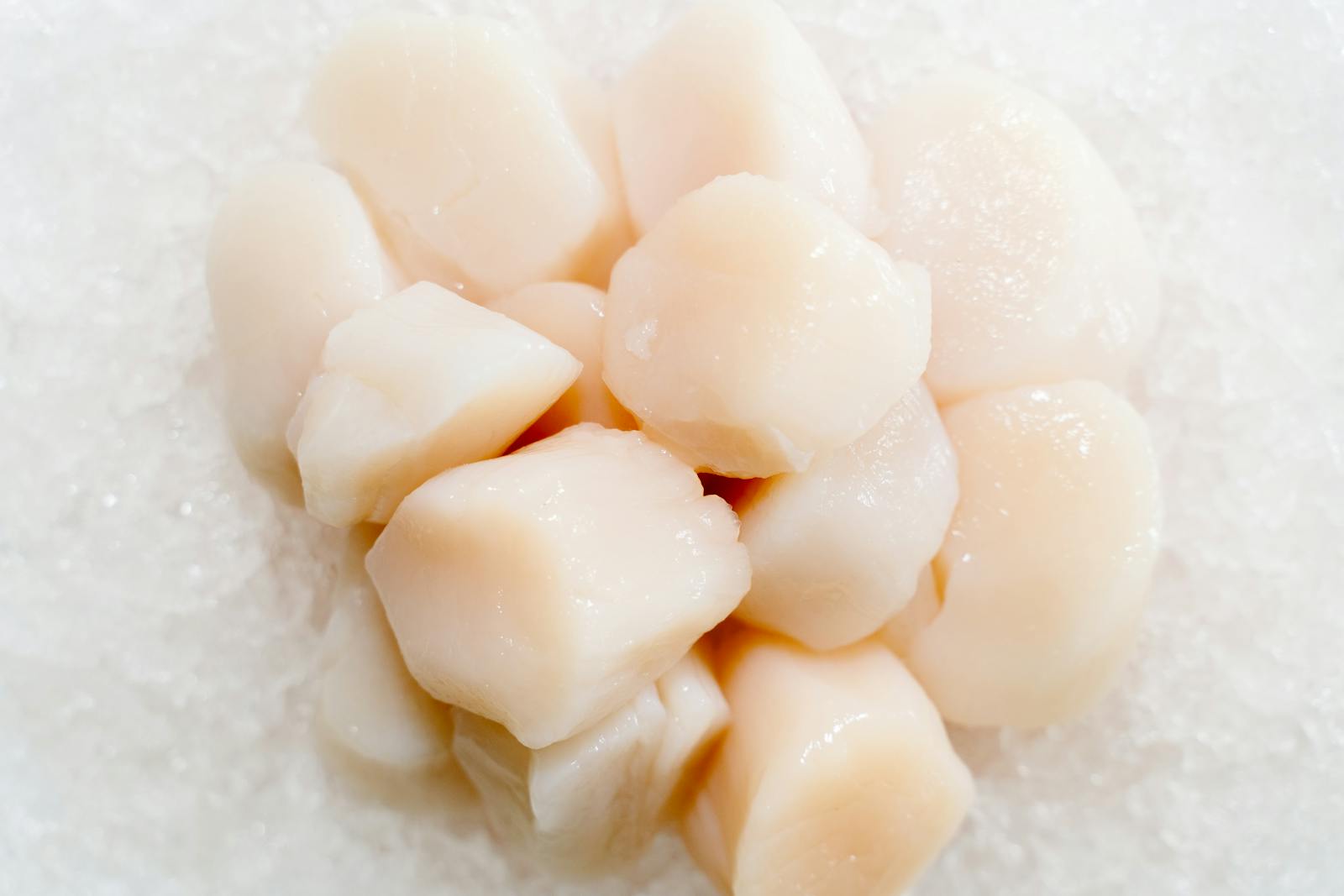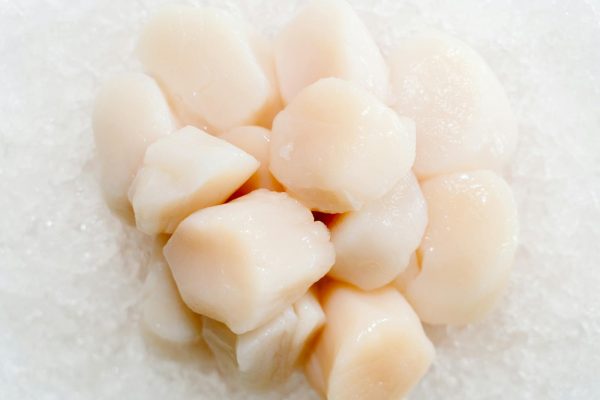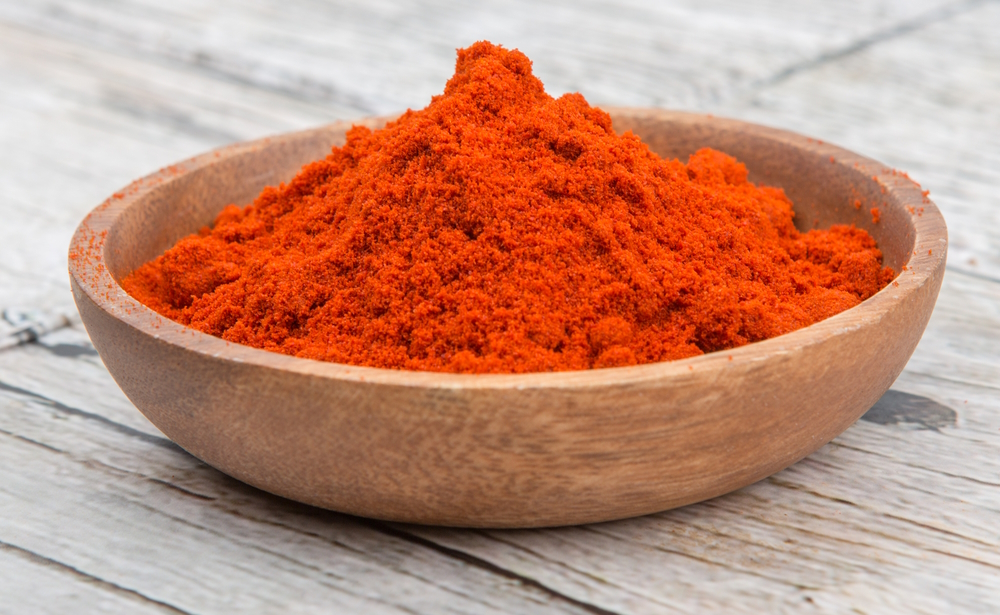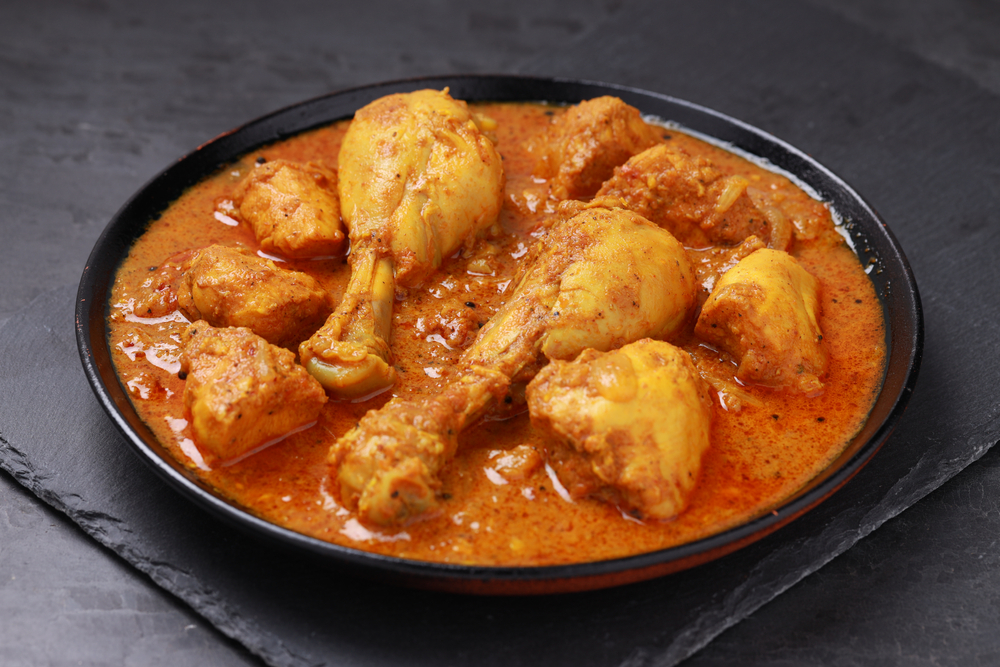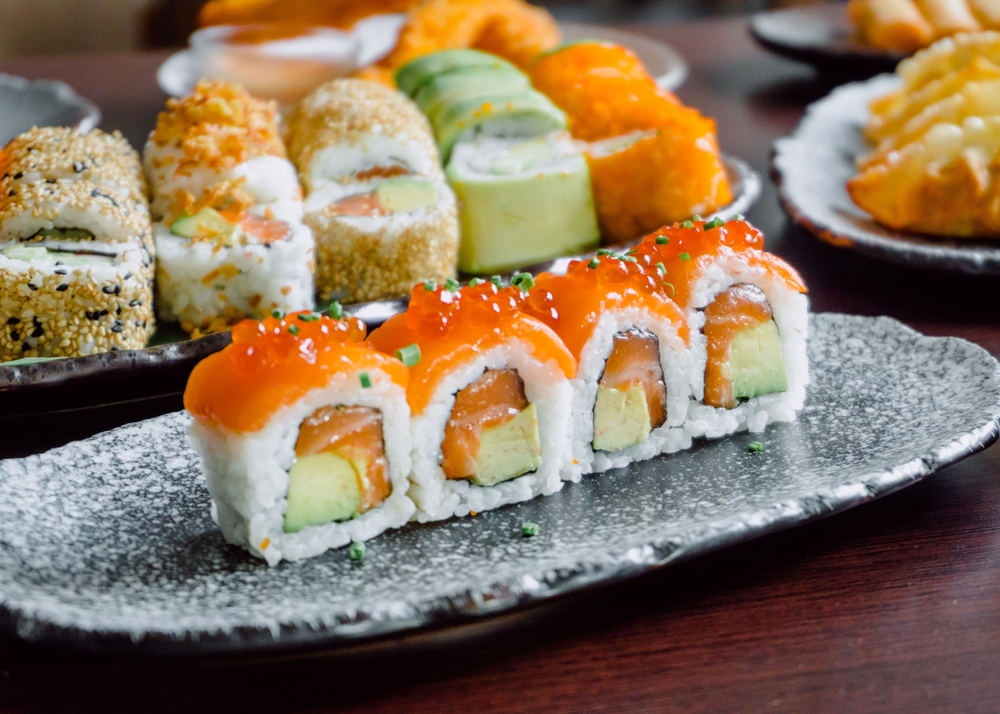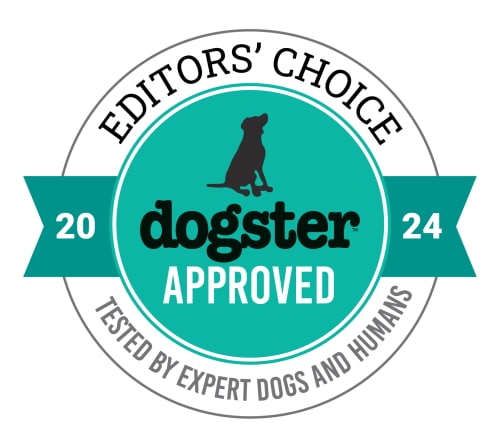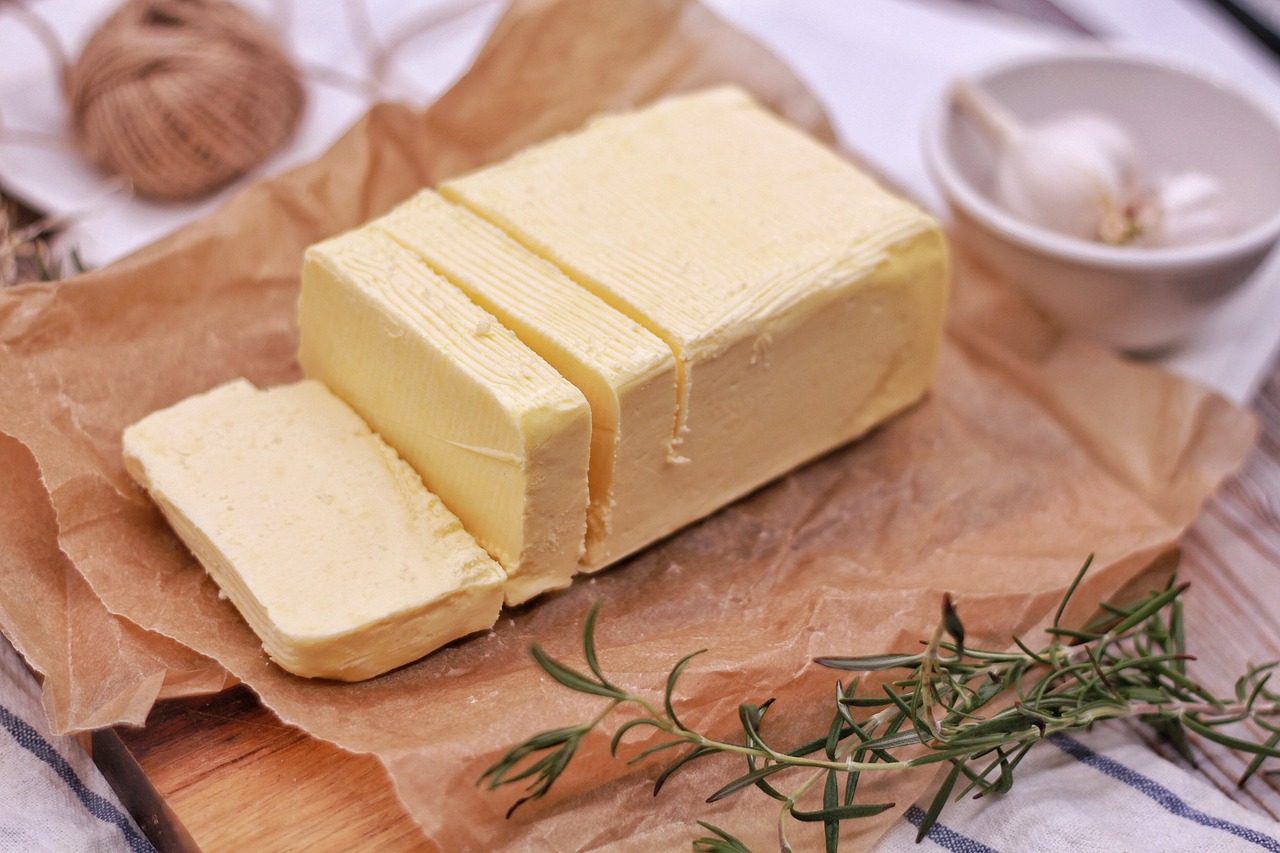Click to Skip Ahead
Learning that 95% of people consider their pets family members is not all that surprising these days. We open our homes to our dogs, share our vacations with them, and even let them sleep in our beds. We even slip them table scraps, and sometimes, these treats extend to extra special items like scallops.
Scallops are delicious, whether searing them in butter or pulling out all the stops with Julia Child’s Coquilles St. Jacques recipe. If you’re wondering if your dog can enjoy these delicious shellfish, the answer is yes, but with a few caveats. Ultimately, scallops should never be fed raw and should not be cooked with other ingredients. Let’s do a deep dive into this decadent treat.
Why Dogs Can Eat Scallops
Keep in mind that while scallops aren’t toxic to humans or dogs, it is always best to feed your dog a complete and balanced dog food to meet their nutritional values, and scallops should only be an occasional treat. With that said, scallops are not toxic to dogs, so long as they are prepared with no other ingredients, like garlic, onion, or other potentially dangerous foods. They should also never be served raw, which we’ll discuss later.
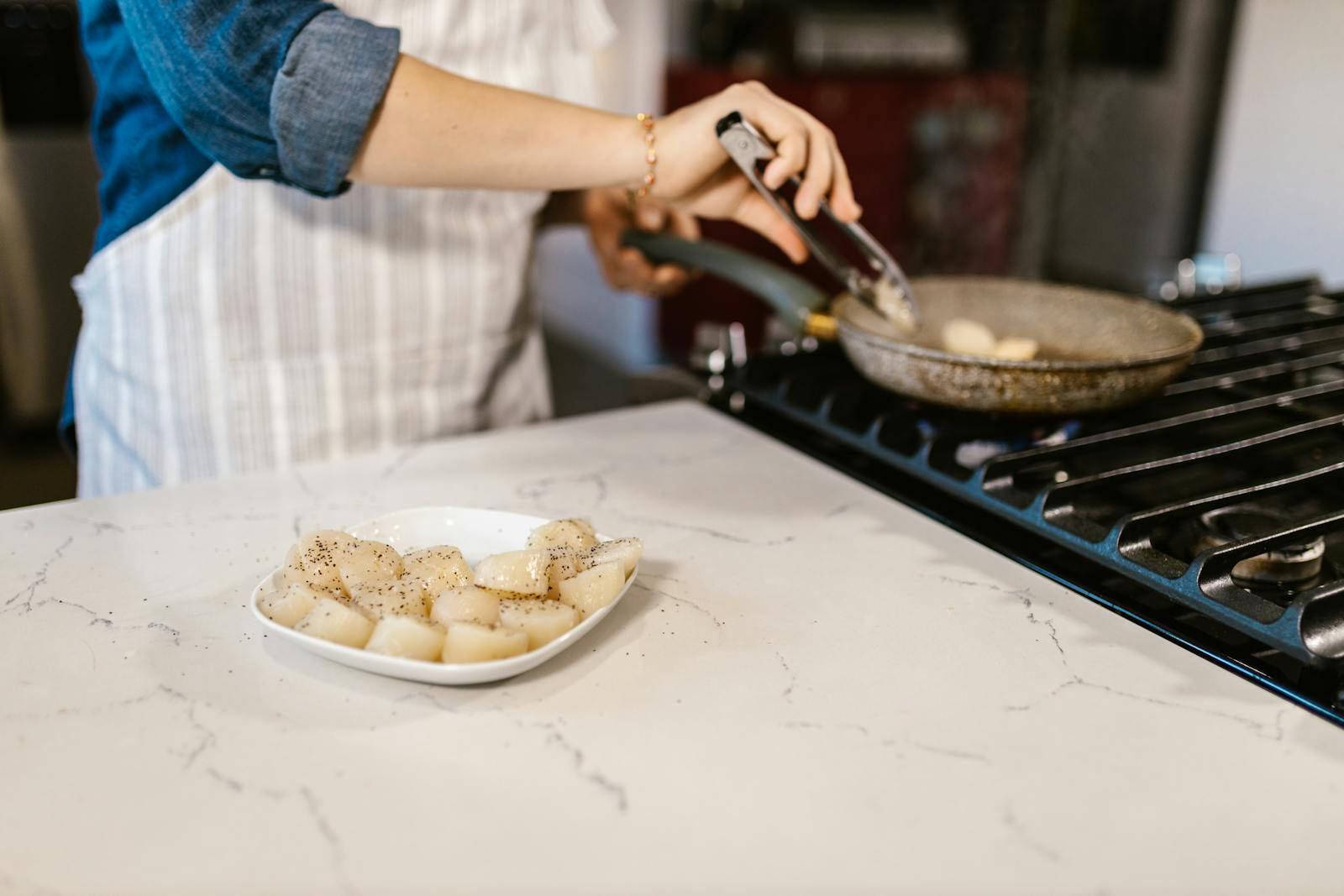
Benefits of Feeding Scallops to Dogs
The benefits of offering scallops lie in their nutritional value. A 3-ounce serving contains only 94.4 calories. It also has 17.4 grams of protein and only 0.7 grams of fat. Scallops are also a rich source of magnesium, phosphorus, and potassium. They also have good amounts of vitamins A, B12, and D. It’s a nutrient-dense food without significant amounts of fat.
It’s worth noting that pet food manufacturers include seafood and fish in their diets.
- Salmon
- Whitefish
- Trout
- Herring
Shellfish isn’t a common ingredient. However, part of this could be more about cost than suitability. The fish ingredients we found are inexpensive sources and high in omega-3 fatty acids. The latter makes them excellent choices for supporting cardiovascular health. Manufacturers may also opt to use them to provide a novel protein for pets with food allergies.
Other Considerations About Feeding Scallops to Your Dogs
While we can’t argue with their nutritional value, scallops aren’t cheap. As much as we like to indulge our pets, it’s hard to justify the cost of making it a part of your dog’s diet rotation. However, we won’t begrudge anyone wanting to share something special with their canine best friend. Remember that your dog will likely enjoy it as much as you, so make sure you limit how much you give them.
The other consideration with any “human” food is the preparation. Searing scallops to get a nice crust is a delicious way to cook them. However, the fat they’re cooked in negates the nutritional value of this shellfish, and it adds to the calorie count. We also recommend not giving your pup sashimi or ceviche made with scallops. Undoubtedly, you understand the risks of eating raw foods (bacterial contamination), even if the seafood is sushi-grade. A simple preparation is best. You can also steam or bake them, ensuring they’re cooked through. You should also cut larger sea scallops into bite-size pieces to control how much your pup eats.
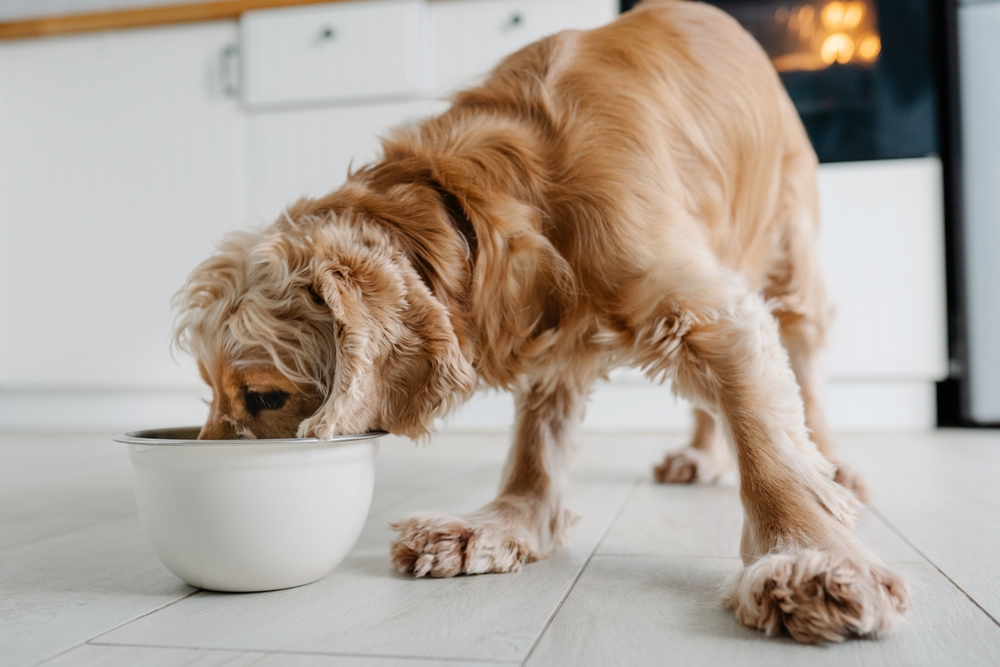
Remember that you eat different foods all the time and your gut is used to it. On the other hand, your pet probably sticks with their dog food most of the time, and new items may lead to stomach upset. We suggest giving your dog only a small amount of chopped scallops on rare occassions. The other reason to feed only sparing amounts of scallops is that, depending on where they came from, they may accumulate heavy metals the way some larger ocean fish do.
Watch your pet for any unusual signs. This is something we recommend when introducing any new food. You’ve undoubtedly noticed similar cautions on pet food labels when switching the animal’s diet. Food allergies may occur. However, you can safely assume your pooch can handle eating scallops on rare occasions if nothing happens. But remember, a commercial complete and balanced diet is always the best way to feed your pet, and dog treats should make up no more than 10% of their calorie intake.
Frequently Asked Questions
Are There Nutritional Differences Between Sea and Bay Scallops?
The USDA Food Database lists nutritional information for sea and bay scallops together. We can assume they are comparable. The differences that may exist are likely minuscule.
How Should I Prep the Scallops?
Rinse the scallops to remove any grit they may contain. After all, they are filter feeders. You should also remove the abductor muscle on the side. Its structure makes it obvious as a slight bulge, and it’ll come off with a little tug. It can also become rubbery when cooked and unpleasant to eat for you and your dog. Cook the scallops all the way through and ensure they’re cut into small, bite-sized pieces to prevent the risk of choking.
Is There Anything Else I Should Know About Giving My Dog Scallops?
We recommend promptly picking up your dog’s bowl after offering your pet scallops. If your dog doesn’t eat them right away, throw them away. Seafood can spoil quickly at room temperature. We recommend giving them alone, without their regular food.
Conclusion
The nutritional value of scallops makes this delicious seafood a fine occasional treat. As decadent as they may seem, they’re also low in fat and calories. Your dog can probably eat them safely, so long as they are prepared properly and your dog doesn’t have an allergy. You should prepare them simply with a minimal amount of fat and no other ingredients. You should only give your dog a small amount rarely to avoid complications from heavy metal ingestion.
Featured Image Credit: Deane Bayas, Pexels

